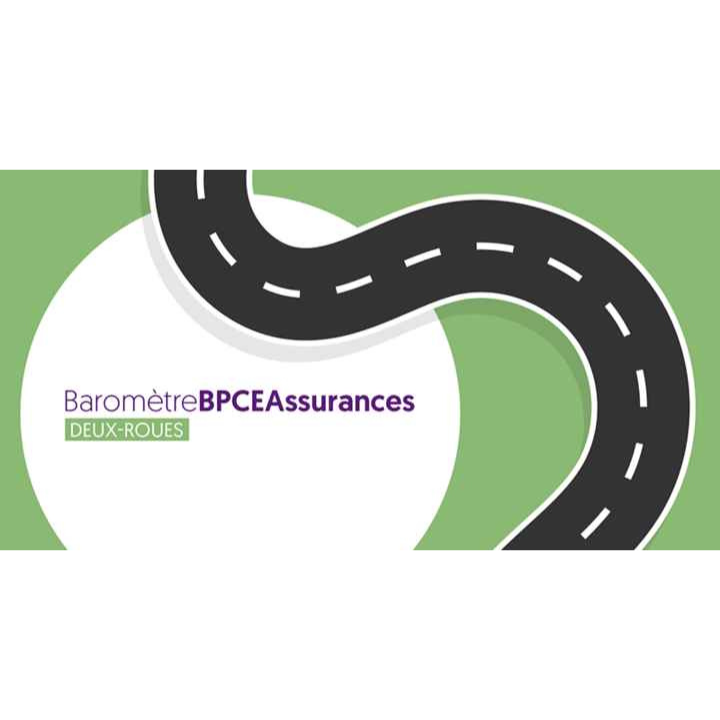
8 out of 10 motorcyclists feel they are more exposed to accidents than car drivers
Wednesday, 21 june 2023
For the 3rd year in succession, BPCE Assurances has published its two-wheeler barometer survey of motorized two-wheeler users. The survey was carried out by Harris Interactive
The aim of this survey is to understand how riders behave on the road and their attitudes towards safety, while simultaneously identifying their expectations regarding prevention. As a responsible insurer, BPCE Assurances has decided to place prevention at the heart of its strategy by focusing on the safety of motorized two-wheeler users, who are considered to be particularly vulnerable.
Motorcyclists more exposed to road accidents
Seven out of 10 riders of motorcycles and motor scooters say they have witnessed or been involved in an accident (70%, representing a 2pt increase in 2023). Eighty percent of this category of road users also feel they are more exposed to accidents than car drivers. These figures highlight the vulnerability of two-wheeler drivers on the road and confirm our determination to pay particular attention to their safety.
Difficulty sharing the road with other users
The study also reveals that the users of two-wheeled vehicles feel at risk. Seventy-six per cent of them feel that they are regularly put in danger by motorists, and 73% feel that they are not sufficiently protected by the road design or the highway code (63%). The increase in the number of bicycles and e-scooters in towns and cities was also singled out as one of the underlying reasons for the greater difficulty in using these types of vehicles (77%).
Riders who are increasingly cautious despite the persistence of risky behavior
The barometer survey shows that motorized two-wheeler riders are becoming more cautious. The majority observes the speed limit, particularly when approaching dangerous bends, and 79% of them consider themselves to be more cautious than they used to be, and even more cautious than car drivers.
The study also reveals, however, the persistence of certain dangerous behaviors: 49% say they occasionally use their phone when riding their vehicles, and 74% have already resorted to the well-known practice of ‘zigzagging’ between lines of cars.
Continued interest in prevention initiatives
Increasingly aware of the risks of accidents, the users of motorized two-wheeler vehicles consider themselves to be well informed about how to react in the event of an accident, and demonstrate a good understanding of how they should respond when faced with dangerous situations. The insurance industry remains a legitimate player in road safety: 62% of motorized two-wheeler users express confidence in insurance companies.
94% of drivers agree with the idea of insurance companies offering prevention tools to their policyholders.
The results of the survey show that 85% of motorcyclists consider that access to a driving assistance application is essential, and 8 out of 10 would like to benefit from road risk awareness training. Respondents were also in favor of incentives to have their vehicles serviced in partner garages (80%).